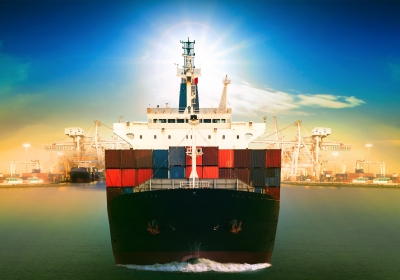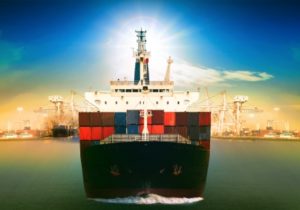Philippine Customs Commissioner Isidro Lapeña reiterated the procedure to be followed when shipments of Super Green Lane (SGL)-accredited companies are tagged for the red lane by the Bureau of Customs’ (BOC) selectivity system.
Lapeña, in a memorandum signed October 6, referred to Custom Memorandum Order (CMO) No. 17-2015 for the process. The order states that an SGL shipment will be “subjected to inspection or examination only when directed by the SGL Committee Chair or upon issuance of a Mission Order issued by the Commissioner or his duly authorized representative, pursuant to Section 11 of CMO No. 28-2003.”
CMO 28-2003 focuses on the revised SGL accreditation and clearance procedure, while CMO 17-2015 mandates the implementation of the SGL Import Processing Facility in all ports and sub-ports.
Shipments of companies accredited under BOC’s SGL Facility are usually directed to the selectivity system’s blue lane, the special lane of BOC’s selectivity system. For companies that are not accredited with the SGL Facility but whose shipments are considered low risk, their shipments are directed to the green lane and released without having to undergo documentary review or inspection.
The SGL is a special facility established to comply with the Revised Kyoto Convention, the treaty the country has been a signatory to since February 2010. The agreement mandates contracting parties to provide special procedures for authorized persons who have passed certain criteria specified by customs. These criteria include a record of compliance with customs requirements and a satisfactory system for managing their commercial records.
Accredited members, consisting of multinational companies and members of the top 1000 corporations, are accorded the privilege of advance processing and clearance of shipments. There are currently 169 companies accredited with the program.
SGL shipments are tagged as red only when they are the subject of derogatory intelligence information, according to CMO 28-2003.
Lapeña noted that if there is no derogatory report, SGL entries tagged for the red lane shall be re-routed to the blue lane by the authorized BOC official or district collector, or by his authorized representative at the port or sub-port.
A written report must be sent to the SGL Committee through the SGL Secretariat immediately after each re-routing or within one working day.
Any request made by an SGL user to amend his SGL entry/single administrative document/import document or any other procedure to be done that is not covered by customs rules must be immediately reported to the SGL Committee through its secretariat. After this, the SGL chairman shall issue an order for the port to conduct a 100% examination of the shipment, or perform such other action as may be necessary.
Under CMO 28-2003, an SGL shipment that needs to be inspected must be examined at the importer’s premises under prescribed customs procedures. A post-inspection report should be submitted immediately or within one day of the examination.
If no discrepancy is found after examination or re-routing to the blue lane, the procedure under Items 9 and 10 of CMO 28-2003 shall be followed.
Lapeña earlier made changes to the BOC’s selectivity system, the procedure that classifies shipments as low risk (green), medium risk (yellow), or high risk (red) based on several “flags” or categories.
On August 30, the new customs chief suspended the green lane, and on September 29 he ordered that 80% of shipments passing through BOC ports daily should be directed to the red lane and that those shipments undergo mandatory 100% x-ray inspection.
READ: More PH shipments to go through red lane, all to undergo xray
The changes were made as BOC is currently reviewing its selectivity system. The effectiveness of the system was questioned when a massive shipment of methamphetamine hydrochloride (shabu) worth P6.5 billion was directed to the green lane, thus eluding BOC detection. Lapeña said he will lift the green lane suspension once signs of port congestion appear. – Roumina Pablo
Image courtesy of khunaspix at FreeDigitalPhotos.net






